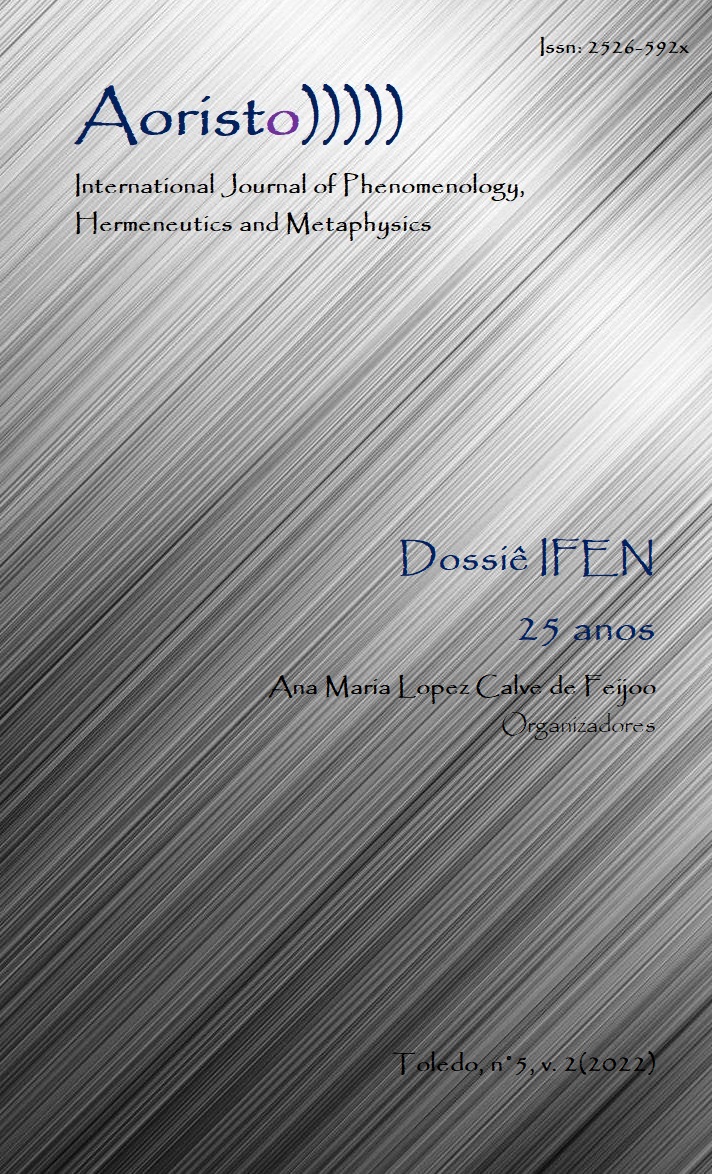Dos interpretaciones de la angustia:
Heidegger y Boss
DOI:
https://doi.org/10.48075/aoristo.v5i2.29838Keywords:
Angustia, Tonalidad afectiva, Daseinsanalyse, Heidegger, BossAbstract
El presente artículo asume por tema el fenómeno de la angustia. Tal temática es considerada a partir de la fenomenología existencial del filósofo alemán Martin Heidegger (1889-1976) y de su apropiación por parte del psicoterapeuta suizo Medard Boss (1903-1990), la cual se hizo conocida por la designación: Daseinsanalyse. Tenemos el objetivo de aclarar las diferencias de comprensión que los mismos hacen del fenómeno en cuestión, para tal, determinaremos las diferencias conceptuales existentes en la angustia y,
específicamente, presentar los pormenores de las posiciones defendidas por Heidegger y Boss, respectivamente, cuando se trata de abordar clínicamente tal fenómeno. Utilizando del método descriptivo, daremos a estas hipótesis la presentación adecuada y validación en el texto integral del artículo. Las ideas aquí consignadas se justifican por la relevancia que el concepto de angustia tiene en el ámbito de la analítica existencial heideggeriana y por la recurrencia de la angustia, como psicopatología, en la clínica fenomenológico-existencial de Boss.
Downloads
Published
How to Cite
Issue
Section
License

This work is licensed under a Creative Commons Attribution-NonCommercial-NoDerivatives 4.0 International License.
Copyright Notice
1. I grant the AORISTO – International Journal of Phenomenology, Hermeneutics and Metaphysics the first publication of my article, licensed under Creative Commons Attribution (which allows sharing of work, recognition of authorship and initial publication in this journal).
2. I confirm that my article is not being submitted to another publication and has not been published in its entirely on another journal. I take full responsibility for its originality and I will also claim responsibility for charges from claims by third parties concerning the authorship of the article.
3. I also agree that the manuscript will be submitted according to the Aoristo’s publication rules described above.
License Creative Commons
This work is licensed under a Creative Commons Atribuição-NãoComercial-CompartilhaIgual 4.0 Internacional, which allows you to share, copy, distribute, display, reproduce, in whole or in part, for as long as there is no commercial purpose, and authors and source are cited.


